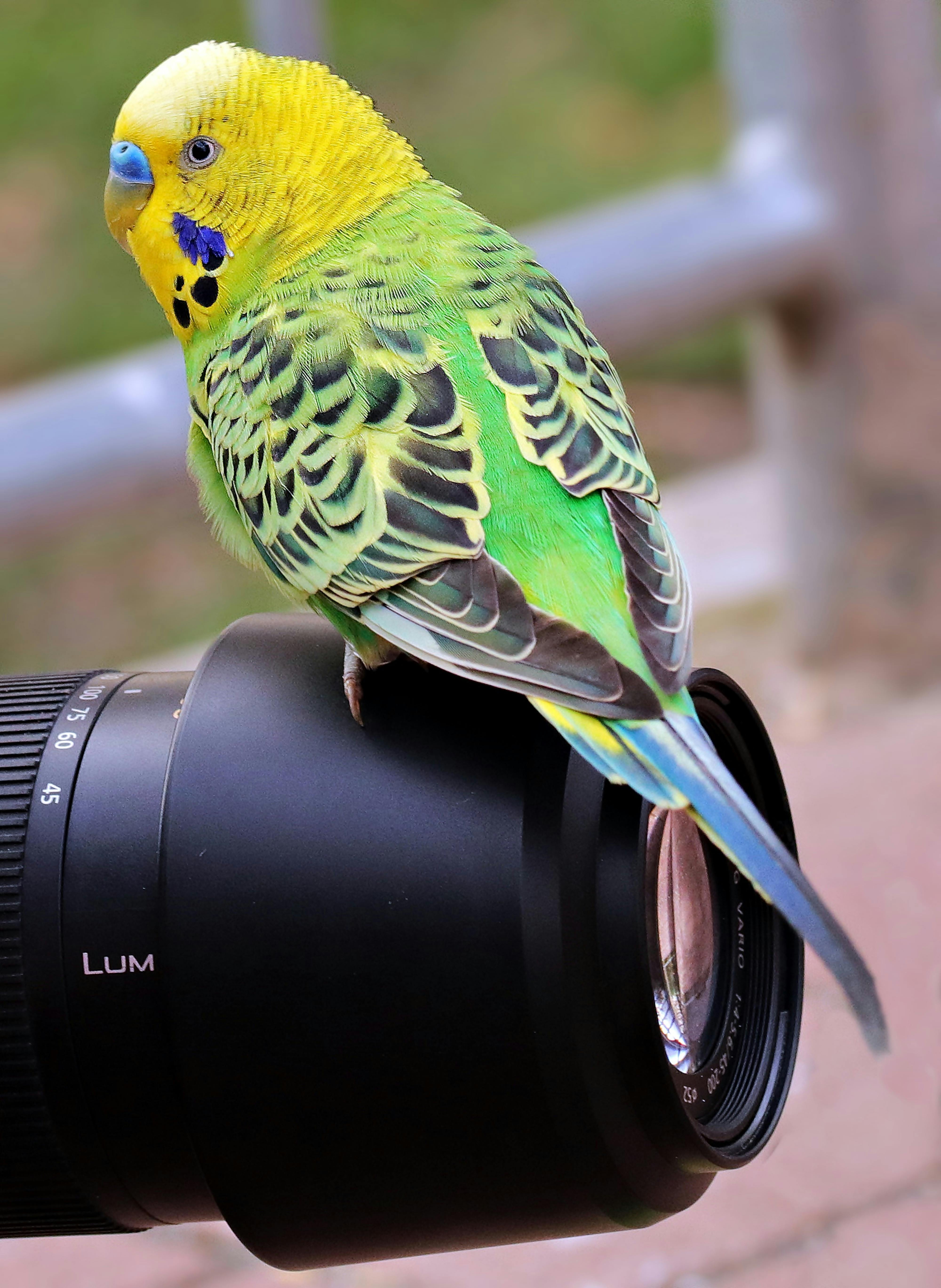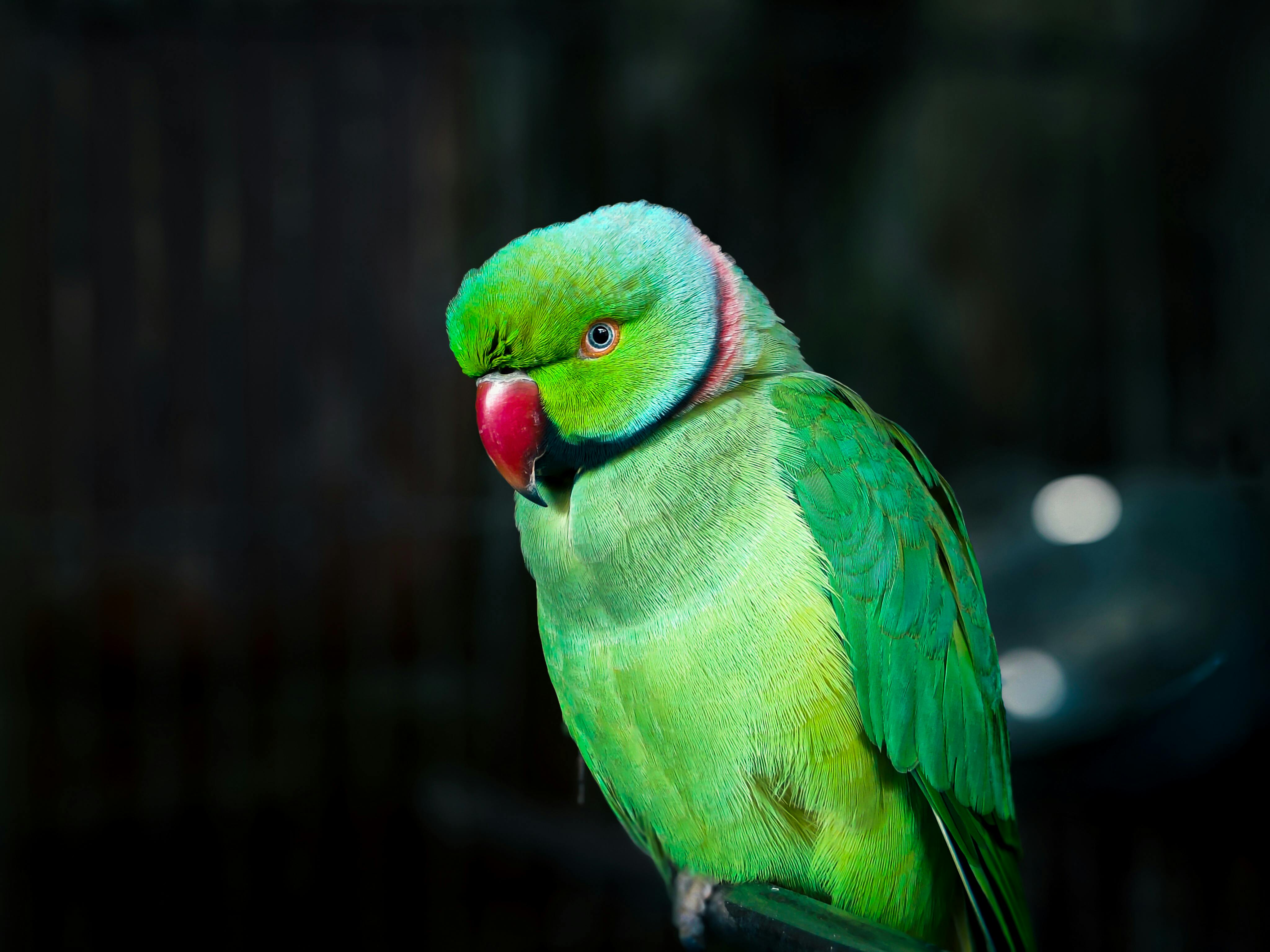
Practical Methods for Long Fish Tank Setups in 2025
Setting up a long fish tank can be an exciting venture for both novice and experienced aquarists. With increasing trends toward larger aquariums, understanding how to create and maintain a long fish tank becomes essential. This article delves into practical methods for setting up and caring for a large aquarium in 2025, focusing on several aspects such as tank size, filtration, aquatic plants, lighting, and tank decorations. We'll also cover the unique challenges long fish tanks present, fish compatibility, and various fish tank ideas that enhance the underwater landscape.
The benefits of having a well-thought-out long fish tank setup cannot be overstated. They allow for a more expansive habitat for aquatic life, promote healthy fish communities, and create beautiful decorative displays. Throughout this guide, we will provide essential fish tank maintenance tips and techniques to ensure your aquarium thrives. Let’s dive into practical methods that will help you maximize your long fish tank experience in 2025!
Essential Steps for Long Fish Tank Setup
Building a long fish tank starts with understanding essential aquarium setup principles. The longer the tank, the more careful planning you’ll need to accommodate aquatic life and aesthetic interests.
Choosing the Right Fish Tank Size
Selecting the proper size for your long fish tank is paramount. Popular long fish tank sizes generally range from 75 to 120 gallons or more, providing ample space for aquatic species. You'll need to examine the fish species being housed to ensure that they have enough room. Larger spaces can help distribute waste and maintain healthy water conditions.
In addition to space for fish, consider the tank's dimensions and how they impact the setup of decorations and aquatic plants. A standard long tank will offer depth and height for effective aquascaping. Fish tank size charts can aid beginners in determining the suitable size for various fish species.
Setting Up a Tank Filtration System
Filtration is crucial for maintaining water quality in your long aquarium. A well-functioning filtration system not only removes impurities but also maintains overall fish tank health. Depending on the tank size, you can choose between various filtration types, including canister filters and sump filters.
Every long fish tank should have a filter that can efficiently turn over the aquarium's water volume several times per hour. When installing your filter, locate it away from strong currents to create an ideal environment for your aquatic plants.
Choosing Substrate and Decorations
Choosing the right substrate and decorations enhances both the tank's aesthetics and functionality. Opt for natural aquarium substrates that promote beneficial bacteria growth, supporting the nitrogen cycle essential for healthy fish tank conditions. Consider adding aquarium rocks, driftwood, and aquatic plants to create realistic underwater landscapes.
Decorations not only provide hiding places for fish but also contribute to their mental well-being. Ensure that the tank design complements the needs of your intended fish species, keeping in mind their native habitats.
Optimizing Lighting for Your Long Fish Tank
Once your tank is set up, it's crucial to establish the right lighting conditions. Long fish tanks require a balanced approach to lighting to facilitate optimal growth for aquatic plants and to highlight the beauty of your fish. LED fish tank lighting is a popular choice for its energy efficiency and versatile settings.
Understanding Light Duration and Intensity
Proper light duration plays a vital role in maintaining aquatic plant health and promoting a thriving ecosystem. Aim for about 8-10 hours of light daily, which can be adjusted based on the specific needs of plant species and fish types. Additionally, consider varying the intensity of the light depending on the type of aquatic plants in the tank.
Be sure to monitor algae growth, as excessive lighting can lead to unwanted algae blooms, impacting the tank's overall health.
Lighting Solutions for Different Aquatic Plants
Different plants have varying light requirements. For example, low-light plants like Java Fern and Anubias thrive in moderate lighting with less intensity, while heavily planted tanks with high-demand plants such as Amazon Sword may require brighter light. Thus, your lighting solution should align with your plant choices.
Aquarium lighting types can range from standard fluorescent tubes to more advanced LED systems, which offer customizable settings for colors and intensities that promote healthy tank environments.
Maintaining Healthy Conditions for Your Fish Tank
Maintaining the right water conditions is crucial for the health and longevity of your aquarium. This includes keeping track of water parameters such as temperature, pH levels, and ammonia-nitrogen levels. Regular testing is essential to ensure optimal aquarium water conditions.
Conducting Regular Water Tests
Using an aquarium water test kit can help you monitor parameters effectively. Regular testing should cover ammonia, nitrites, nitrates, pH, and hardness. These tests will help you spot any concerning issues early and will guide necessary water changes or treatments.
Continue to check the temperature to ensure it matches the requirements of tropical fish species. Ideal temperatures range from 72°F to 78°F (22°C to 26°C) for most freshwater fish, while other specific species might have varying needs.
Executing a Maintenance Schedule
An effective maintenance schedule includes regular water changes, filter cleaning, equipment checks, and tank cleaning. Set clear expectations for your schedule to ensure no critical aspects are overlooked, as a clean tank promotes fish health.
For instance, consider a weekly 10-15% water change to help maintain stable water conditions and keep beneficial bacteria levels balanced.
Fish Species Compatibility for Long Tanks
Understanding fish compatibility is crucial for successfully keeping a varied aquatic community. Long fish tanks provide ample space to house compatible species while maintaining proper distance for aquatic life.
Best Fish for Long Aquariums
Some of the best fish species for long aquariums include schooling fish like Tetras or Rasboras, cichlids that have clear territorial bounds, and peaceful community options like guppies or platys. Group these species together carefully to avoid territorial disputes and stress.
Additionally, consider the tank's length to accommodate larger species like Gouramis or smaller catfish which often thrive in longer settings. Always conduct a compatibility check before introducing new fish to the tank.
Maintaining Fish Behavior and Health
Monitoring fish health and behavior is essential in a long tank setup. This includes observing feeding habits, interactions, and stress indicators. Any abrupt changes in fish behavior can indicate underlying tank issues, such as inadequate water parameters or incompatible tank mates.
Promote healthy fish nutrition through appropriate fish food and feeding schedules tailored to your species. This will help ensure a balanced and thriving fish community.

Enhancing Your Aquarium Hobby with Creativity
A long fish tank offers a vast canvas for creativity and artistic expression. Engaging in unique decorative fish tank ideas can elevate your aquarium's environment, making it more enjoyable for you and stimulating for your fish.
Incorporating Aquascaping Techniques
Aquascaping allows you to design an underwater landscape that appeals to both aesthetic senses and ecological balance. Considering the principles of depth, dimension, and color schemes can enhance your fish tank decor. Use aquatic plants and rocks strategically to create appealing underwater features.
Popular aquascaping ideas include utilizing wood for natural driftwood features and layering substrates for visual appeal. Be mindful of plant placement and compatibility, fostering an inviting habitat for fish species.
Custom Tank Ideas and Themes
Develop custom themes within your long aquarium to amuse viewers and provide stimulation for your fish. Explore themes such as a vibrant reef or a natural riverbed, using aquatic life and plants that represent those habitats. Furthermore, consider seasonal themes that complement the overall ambiance of your setup.
Don't shy away from incorporating unique fish tank accessories like ornamental decorations or atmospheric elements into your design layout to add flair and charm.

Conclusion: Key Takeaways for Long Fish Tank Success
Successfully setting up and maintaining a long fish tank requires careful planning and creative execution. From choosing the right tank size to selecting compatible fish species and incorporating effective filtration systems, each aspect is interconnected to create a harmonious aquatic environment. Regular monitoring of water conditions, alongside maintenance schedules, ensures long-term fish health and satisfaction.
By embracing creative tank design principles, you can turn your long fish tank into a thriving ecosystem that provides enjoyment for both fish and observer alike. As you venture forward in your aquarium hobby, take the time to enjoy the tranquility and beauty that these aquatic setups bring into your life.
Utilizing these best practices will undoubtedly help you achieve an impressive long fish tank setup by 2025!